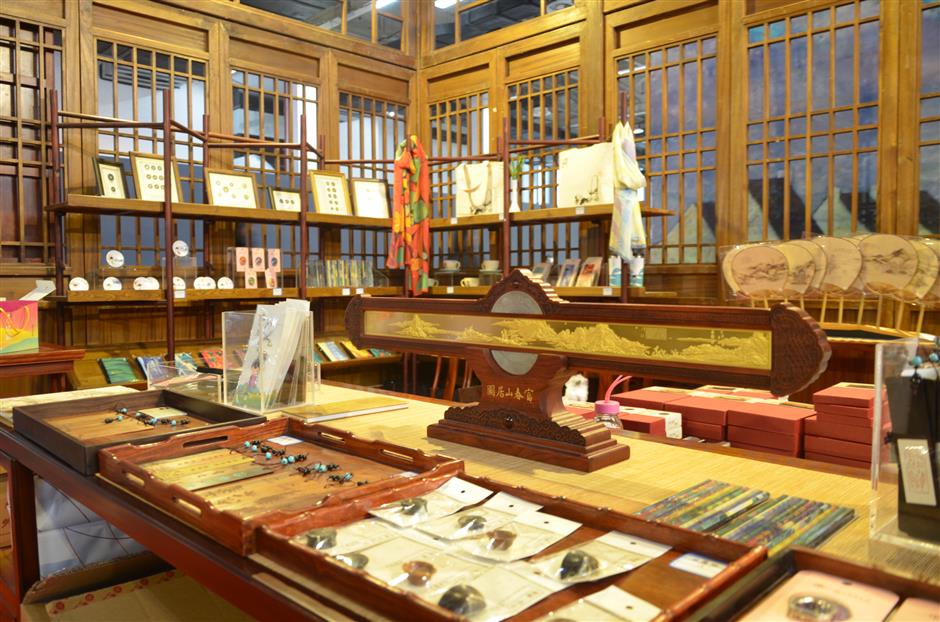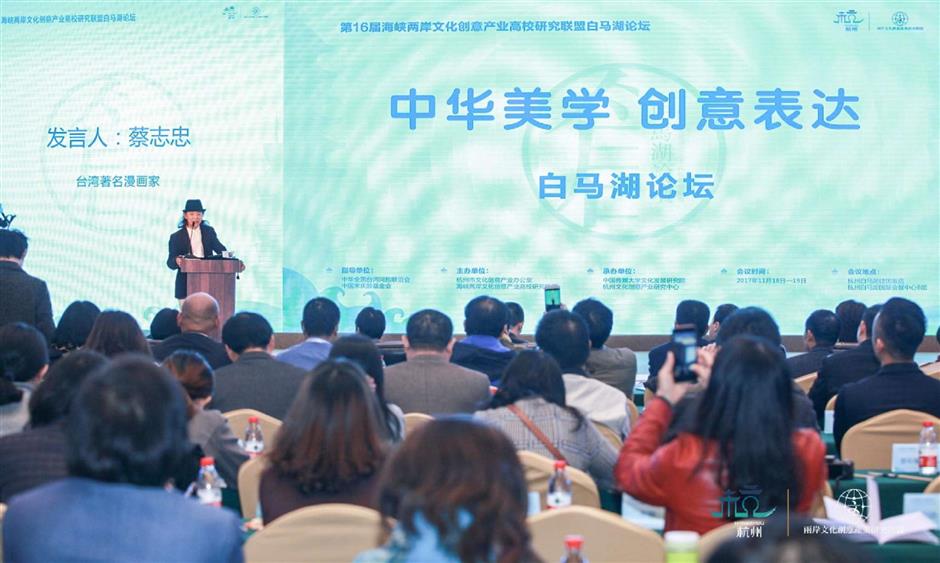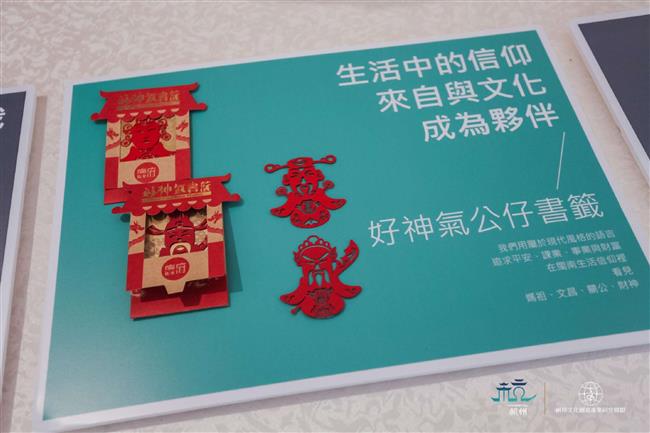Making a profit from China's cultural past
More than 300 college experts and practitioners exchanged opinions on the practices of cultural and creative industry across the Taiwan Strait in a recent forum held in Hangzhou.
“Many people do not know that creative industry is a big business as well,” Cai Zhizhong, one of the best-selling cartoonists from Taiwan told the audience at the forum.
Cai went to Japan in 1985 after earning his first 2 million yuan (US$303,400) in life. At that time the comic industry in Japan had already been very well developed, so he started to think about how he, as an outsider, could distinguish himself from his Japanese counterparts.
The answer was in the Chinese literati classics. In 1986, “Zhuangzi Speaks” was published -- the first comic book coming out of his idea of combining cartoons with Chinese classic texts. Then came Laozi, Liezi, Confucius and a series of such comic books, all of which hit the market successfully and have been translated into different languages.
“There are over 100 characters in the four great classical novels of Chinese literature, such as the ‘Journey to the West’ and the ‘Water Margin.’ We actually have endless resources in our own history and culture,” said Cai, who also made it known that he is collaborating with real estate conglomerate Wanda Group to build theme parks modeled on these classical novels.
Museums in China are also trying to make a profit from selling derivative works created and inspired by the numerous cultural relics and heritage that they own.
In October, a gift shop alliance was inaugurated at Zhejiang Museum in Hangzhou.
Ten museums, in Hangzhou, Ningbo and Shaoxing, joined the alliance to develop creative derivative works under a new brand name “Wenlan Pavilion,” which is a historical site inside the Zhejiang Museum. The site used to be an imperial library during the Qing Dynasty (1644-1911).
The first store was opened in the Gushan Pavilion of the provincial museum, spanning an area of 200 square meters. Further stores are about to open in member museums, including: China National Silk Museum, China National Tea Museum and Hangzhou Museum.
Wu Yueyu, chief of the operation department at Zhejiang Museum, told Shanghai Daily that one reason for founding such an alliance is to boost sales in museums’ gift shops.
“We launched our first gift shop back in 2009, and now we have three separated in three of our pavilions in Hangzhou,” said Wu. “Sales in creative products now account for about 10 to 20 percent of our total revenue and it’s rising each year.”
Presently it works with external suppliers to design and produce custom-made derivative works for the museum or a single exhibition as well. It also earns from transferring copyrights of certain artworks to enterprises.
Besides, they have put their products online by partnering with a platform called “Culture and Creatives China” co-developed by National Museum of China and Aliyun, the cloud computing arm of Alibaba Group.

Cultural products sold in one of the gift shops at Zhejiang Museum
“Right now we don’t have extra human resources to cover e-commerce ourselves,” said Wu.
On a national scale, Chinese museums are yet to discover the lucrativeness of such a business.
Curator Liang Liang attended the Art Design Media (ADM) Festival, held in Hangzhou earlier this month. She told Shanghai Daily that communicating with museums sometimes could be very costly.
“In 2013, we competed for a project for Hunan Provincial Museum, designing a collection of derivative works for their new building,” said Liang. “But later we realized that it is very hard to extend the collaboration to other museums.”
She soon found another way to cut into the field by curating exhibitions held in shopping malls and fairs like ADM, which usually attract large flows of people.
The immersive exhibition she brought to ADM this year was based on the concept of Chinese herbs. Prior to that she developed a set of cartoon images inspired by the 12 monthly deities recorded in an archaic silk manuscript about Chinese astronomy more than 1000 years ago.
“We want to get young people interested in traditional culture. Only when they start to appreciate the beauty in it, they will buy creative products derived from it,” said Liang.
In 2016, sales of cultural and creative products in the Palace Museum in Beijing topped 1 billion yuan. Traditional culture is definitely turning into a big business in China. But market wise it’s always important for companies and museums to tell a good story.
“You need to know what your customers need,” concluded cartoonist Cai Zhizhong at the forum. “In Japan, editors from the manga publishing house advise on such things as who will be the protagonist, because they know exactly what will sell.”

Cai Zhizhong, a cartoonist from Taiwan, spoke at a forum talking about the development of cultural and creative industry in Hangzhou on November 18.

Bookmarks with elements of traditional culture shown during the forum held in Hangzhou.
















